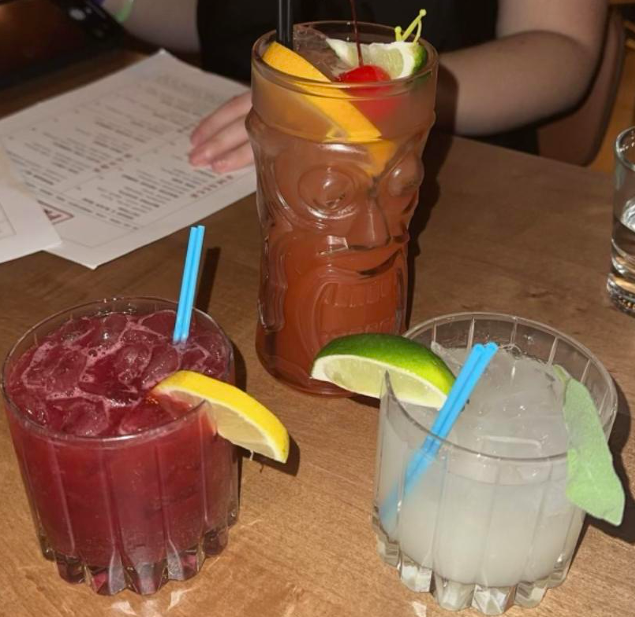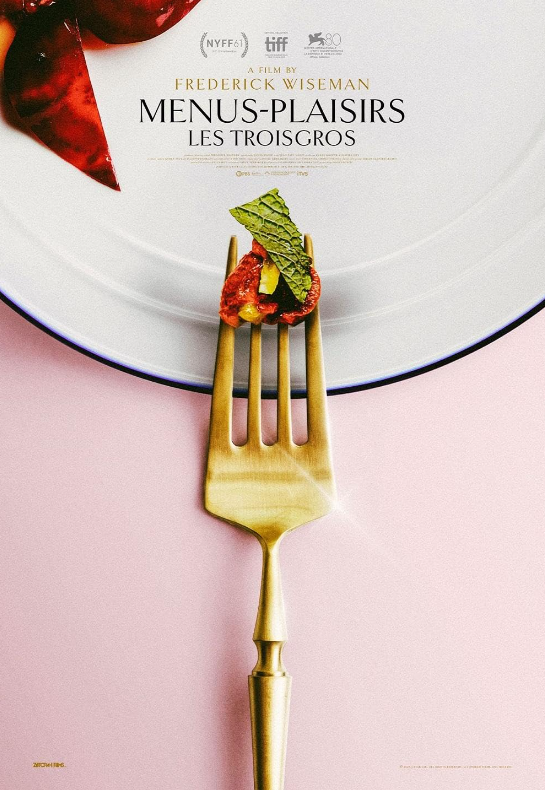
For some people, summertime creates images of backyard cookouts and eating burgers and hot dogs on a red- and white-checkered tablecloth.
For others, a family trip to the coast and a chance to devour their weight in fresh seafood.
Not everyone immediately thinks of their favorite summer beverage, or of one of the most essential drinks of the summer months: homemade, ice-cold sangria.
Made in a variety of ways with any number of ingredients, sangria is almost always a light and refreshing alcoholic drink that tends to go well with just about anything.
When made at home, it can be brewed with white or red wine and the drinker’s fruit of choice. Websites, blogs and magazines publish a steady flow of sangria recipes when summer is growing near, but seem to cease when fall rolls around. This is perhaps because summer is when berries and other fruits are in season as they are among the most popular ingredients in sangria.
Originally made with red wine, sangria made with white wine is referred to as “sangria blanca.” Its origins lie in Spain and it is a common beverage throughout Europe and a number of Spanish countries. In many countries, sangria is served year-round and not just as a summer beverage. Regardless of its location, it is referred to in general terms as a wine drink or punch.
But just because fall is looming closer and closer to New England doesn’t mean it’s time to stop drinking it. With a few affordable ingredients and a pitcher or bowl, endless sangria is possible.
For this recipe, white wine served as the base beverage. Any bottle of pinot grigio or another fruity white wine will suffice. For those looking to drink on a budget, a box of Franzia will make more than enough to quench a crowd’s thirst. Because berry season is winding down, supermarkets are putting the last of their fruit selection on sale at irresistible discounts. This recipe calls for a ripe peach and a handful of raspberries and strawberries.
The first step is to rinse and slice the fruit. Slicing them before adding any alcohol allows the fruit’s natural juice to come out, which will mix with the sangria for a more refreshing flavor. After slicing, dump all of it into the pitcher or bowl you intend to serve the sangria from. For extra juice extraction, mash the fruit up a little more before adding the base wine.
For a better flavor, leave the sangria in the refrigerator for at least half an hour before drinking. For a little extra kick, add a splash of tequila (though depending on your choice of tequila, it may blow your drinking budget), which makes the sangria taste like a margarita. In some original recipes, brandy was added to the mix as well.
This is only one of the endless variations of sangrias the world has seen. During the winter months, a similar sangria can be made using canned fruits. The result is not as fresh-tasting, but is nonetheless delicious. Red wines like cabernet sauvignon also achieve scrumptious results when made in a similar fashion or with other fruit selections.
Additionally, it is growing increasingly common for restaurants to serve sangria, often with a recipe of their own. Downtown Amherst’s Fresh Side has both an alcoholic and a non-alcoholic sangria available that uses ginger for extra flavoring.
So for now, summer doesn’t have to end; as long as there is sangria to be had, a summer paradise is well within reach.
Recipe by Dane Feldman and Ellie Rulon-Miller. Ellie Rulon-Miller can be reached at [email protected]/












